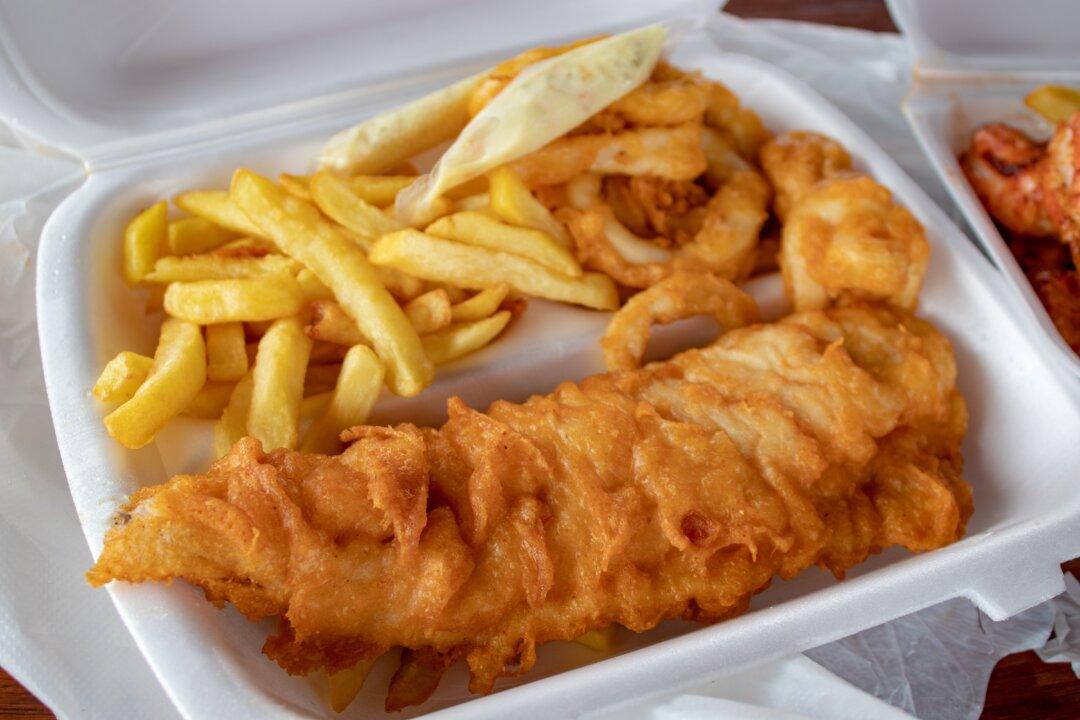A new study has found that over ten percent of all seafood sold in Australian supermarkets and restaurants is not the type of fish that it claims to be, compromising the health and wallets of Australians.
Published in the peer-reviewed journal Scientific Reports on Aug. 3, the report revealed the extent of mislabelling amid a rise in the consumption of fish in the country, particularly as an increasing number of health-conscious look to bolster their diets with beneficial omega-3 fatty acids and other various nutrients found in many varieties of fish.





